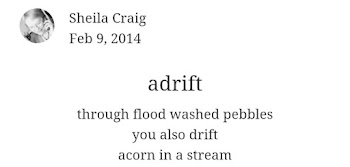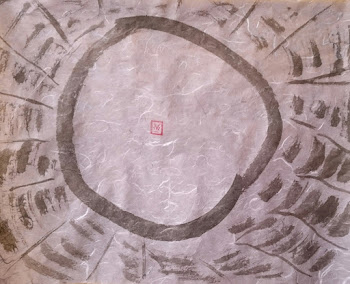Tuesday, 30 June 2015
Monday, 29 June 2015
Sunday, 28 June 2015
Angloplat competition part 2
There is a plant with a little white flower in my garden which I thought was perfect for this project.
After shaping the ring, I tried to grind the top cavity for the inlay with a ball burr on the pendant motor. Two ball burrs later, I realised that actually chisels are the right tool for the job.
I set up the ring in my pitch bowl and started carving the cavity, about 1mm deep. I undercut the side walls and sanded the small metal burrs off in preparation for the platinum.
Using masking tape and a pencil, I marked the size and shape of the cavity, sticking it onto a piece of platinum I had rolled to 1.3mm thick. I cut out the shape and carved a small recess into the back of the platinum to increase the surface area so when I hammer it down it spreads further into the undercut.
Next up was drawing the flower and stem, carving the background away and using a punch to flatten and texture it.
Carving the petals and stem to a formed and bright finish.
Lastly, I shaped little scallops into the damascus rim and finish sanded it to 800.
I used ferric chloride to etch the damascus to show it's patterned nature. The ferric chloride has no effect on the platinum.
My thanks to Dewet Vanzyl for providing me with the damascus and Tiaan Burger for technical information during the process, as well as Angloplat for providing the platinum and the platform.
The final product:
After shaping the ring, I tried to grind the top cavity for the inlay with a ball burr on the pendant motor. Two ball burrs later, I realised that actually chisels are the right tool for the job.
I set up the ring in my pitch bowl and started carving the cavity, about 1mm deep. I undercut the side walls and sanded the small metal burrs off in preparation for the platinum.
Using masking tape and a pencil, I marked the size and shape of the cavity, sticking it onto a piece of platinum I had rolled to 1.3mm thick. I cut out the shape and carved a small recess into the back of the platinum to increase the surface area so when I hammer it down it spreads further into the undercut.
Next up was drawing the flower and stem, carving the background away and using a punch to flatten and texture it.
Carving the petals and stem to a formed and bright finish.
Lastly, I shaped little scallops into the damascus rim and finish sanded it to 800.
I used ferric chloride to etch the damascus to show it's patterned nature. The ferric chloride has no effect on the platinum.
My thanks to Dewet Vanzyl for providing me with the damascus and Tiaan Burger for technical information during the process, as well as Angloplat for providing the platinum and the platform.
The final product:
Angloplat competition 2015 part one
The Angloplat competition this year focussed on Indian themed wedding jewellery. I found this quite inspiring as I know the traditional techniques used in Indian jewellery are similar to Japanese techniques. In India they used a process called chip carving, leaving bright cuts with a small hammer and chisel.
Being raised in Durban, I am no stranger to Indian culture and motifs. Looking to the rich textile designs in shop displays around Gateway where I work was a good place to start.
Focussing on the Paisley pattern on this dress, I saw a good opportunity to showcase some carving.
As the pattern features the natural element of a flower, it ties in well with the natural motifs used in Japanese metal artwork.
In order to inlay, you need a soft, malleable material such as platinum and generally a harder metal to lay the softer metal into. I had a piece of Damascus steel waiting for the right job and this was it. India has used a similar steel called Wootz steel and weapons have been inlayed with gold patterns for centuries.
First, I had to carve the ring from the block of damascus. This was done with a drill press, saw and files.
I decided to carry the paisley shape all the way through the ring so the top and bottom would be the same shape.
Being raised in Durban, I am no stranger to Indian culture and motifs. Looking to the rich textile designs in shop displays around Gateway where I work was a good place to start.
Focussing on the Paisley pattern on this dress, I saw a good opportunity to showcase some carving.
As the pattern features the natural element of a flower, it ties in well with the natural motifs used in Japanese metal artwork.
In order to inlay, you need a soft, malleable material such as platinum and generally a harder metal to lay the softer metal into. I had a piece of Damascus steel waiting for the right job and this was it. India has used a similar steel called Wootz steel and weapons have been inlayed with gold patterns for centuries.
First, I had to carve the ring from the block of damascus. This was done with a drill press, saw and files.
Saturday, 27 June 2015
Friday, 26 June 2015
Wednesday, 24 June 2015
Tuesday, 23 June 2015
Monday, 22 June 2015
Sunday, 21 June 2015
Thursday, 18 June 2015
Wednesday, 17 June 2015
Sunday, 14 June 2015
Saturday, 13 June 2015
Friday, 12 June 2015
Subscribe to:
Comments (Atom)
















































